Easy Ways to Remove Rust From Common Surfaces

By Marilyn Syarto
Reddish-brown or orange flecks of rust rarely look good except as an intentional rustic or industrial decorating element. But usually, you want to know how to remove rust when you spot it on metal or other surfaces. There are many DIY recipes that help remove rust, and when they fail, there are always powerful chemical rust removers as a last resort. Our guide helps you determine when to use which method and for which surface.
Photo via Paula Skulina
Why Rust Forms
Rust is a chemical reaction between water, oxygen, and iron or steel. Other types of metals, including grades of stainless steel, may not always rust, but they will likely corrode over time. So when you see rust (an orange-brown color) on the surface of your tools, kitchen items, or other surfaces, there’s no need to throw them out. Try a few methods, which we’ll dig into shortly, to eliminate the rust to rehabilitate your items.
There are plenty of materials that do not rust since they do not include any iron, but they can corrode over time, including:
- Platinum
- Gold
- Silver
- Aluminum
- Stainless steel (some grades)
- Galvanized steel
- Copper, brass, and bronze (red metals)
- Titanium
Common Surfaces Rust Can Form On
You probably expect to see rust only on metal objects, such as tools, cookware, and some parts of cars that may have some iron in them. But, you might also have seen rust form on unusual surfaces, such as clothing. Here’s where and why rust can form on some of these common surfaces, according to Magica, makers of rust removal products:
- Furniture: Rust can form on furniture, especially unprotected wrought iron outdoor tables, chair frames, railings, and even grills. What begins as a small nick in the surface turns rusty fast because it’s exposed to humidity and wet weather.
- Concrete: Although concrete doesn’t contain iron, you’ll see rust forming on concrete floors or walls if rusty tools or equipment touches the surface or if metal drain pipes leak water down the concrete and cause stains.
- Siding: Vinyl siding tends to show rust streaks that form when metal drain pipes leak water consistently down the side of the house.
- Clothing: You’re probably surprised to find rust on clothing, but if you rub up against a rusty object, it will transfer over to the fabric and cause stains.
- Anything chrome: If a chrome-plated surface (such as bikes or bathroom fixtures) is damaged, scratched, or nicked, the metal will mix with moisture and air to create rust.
- Toilet bowls: Why are streaks of rust forming on a ceramic toilet bowl? There are two reasons. You may live in an area that has higher iron content in your water, creating streaks of rust in the toilet. Or, you also may have deteriorating pipes with iron in them.
Avoid Using Bleach on Rust
Homemade Rust Removers
It never hurts to try a DIY solution for small patches of rust. Larger patches of heavier rust may need the brawn of chemical rust removers. Here are four of the most popular DIY rust removal methods.
Removing Rust with Soda
How to Remove Rust With Sandpaper
If the patch of rust you’re working on is small and pretty thin on the surface, this dry method of sandpaper might be all you need to remove it.
Tools and Materials Needed:
- Steel wool or stiff wire brush
- Coarse grit sandpaper
- Fine grit sandpaper
- Tack cloth
- Protective gloves
Step 1: Brush Top Layer of Rust
Use steel wool or a stiff wire brush to get the top layer of larger rust flecks off the surface. This allows the sandpaper to work better on smaller flecks of rust.
Step 2: Switch to Coarse Sandpaper
Briskly rub coarse sandpaper over the rust spot.
Step 3: Switch to Finer Grit
Use a finer grit sandpaper to remove the last layer of rusty flecks. Try to create a smooth surface without any flecks of rust. Once you have completely removed the rust, stop rubbing.
Step 4: Finish With Tack Cloth
Wipe the tack cloth on the item to remove any tiny rust flecks.
Photo via Pam Hoepner
How to Remove Rust in a Vinegar Bath
The acetic acid in vinegar will help dissolve rust. Here’s how to make a vinegar soak to help remove rust.
Tools and Materials Needed:
- White vinegar
- Hardwire brush
- Pieces of aluminum foil (optional)
- Protective gloves
- Soaking pail, bin, or utility sink
Step 1: Make a Bath
Pour undiluted white vinegar into a container large enough for the rusty item to soak in.
Step 2: Soak the Item
Keep the item soaking in the vinegar bath for at least two hours, but up to a full 24 hours will be the most effective, depending on the rust spot.
Step 3: Brush the Item
Take the item out of the vinegar bath and wipe or scrub the flakes of iron away. Use a hardwire brush or balled-up pieces of aluminum foil to scrub the rust away.
How to Remove Rust With Lemon or Lime Juice and Salt
Lemon and lime juice are acidic, and acidity helps loosen up rust. Salt is an abrasive component, but it’s not harsh enough to scratch the surface of the material you’re working on. Use this method if you want a gentler way to scrub rust away.
Tools and Materials Needed:
- Table salt or coarse salt
- Real lemons or limes
- Protective gloves
Step 1: Sprinkle Salt
Generously sprinkle salt onto the rust stain. Make sure the rust is completely covered by salt.
Step 2: Cut and Squeeze Lemons or Limes
Cut lemons in half and generously squeeze juice over the salted areas, or use limes if you prefer. Put lemon or lime skins aside; do not discard.
Step 3: Let Soak
Let the salt and lemon/lime juice mixture soak into the rust no longer than three to four hours. (Longer soaking time may cause damage to the item.)
Step 4: Scrub Rust
Using the lemon/lime skins, begin to scrub the rusty areas. The rust should remove easily.
How to Remove Rust With Baking Soda
Since baking soda is an abrasive, it can be used as a gentle rust remedy for small areas of rust on tools or cookware.
Tools and Materials Needed:
- Bowl
- Baking soda
- Water
- Paper towels
- Wire brush
- Towel (optional)
Step 1: Make a Paste
In a bowl, mix one part baking soda and one part water to make a thick paste.
Step 2: Apply Paste
Rub the baking soda paste onto the rusted area. Use paper towels to transfer the paste onto the item.
Step 3: Let Sit
Let the paste sit on the rusted spot for two hours.
Step 4: Scrub
Use a wire brush to scrub the rust off.
Step 5: Rinse and Dry
Thoroughly rinse the area with clean water and either dry with a towel or let air dry.
Photo via Amazon
Chemical Rust Removers
Commercially available chemical rust removers are typically toxic and harsh, but they get the job done quickly and with less elbow grease. There are plenty of products on the market, and we’ve chosen three popular options to consider.
- Metal Rescue: There are many commercial chemical rust removers and this one seems to be a fan favorite. Metal Rescue’s formula removes light rust quickly and takes longer for heavier rust, and it’s much less toxic than other chemical solutions. The best route is to use this product as a bath in which you soak items, but it can also be used soaked in a rag to wipe rust away. The liquid starts out clear and, as it converts and removes the rust, it turns cloudy to black.
- WD-40 Rust Remover Soak: WD-40 is often used as a rust remover, and now, it has a specific product for the job. This is a non-toxic, non-caustic, water-based product safe for everything except rust. This product is used as a bath that requires soaking the item for 24 hours to dissolve rust.
- Oxalic acid: You could try removing rust by rubbing salt into the stain with half a raw potato (which has oxalic acid in it). But, the traces of oxalic acid in a potato may not be enough to dissolve rust. In tricky cases, pure oxalic acid powder or granules will do the trick. Oxalic acid is a highly toxic organic (derived from plants and vegetables) compound that converts rust into soluble ions for removal. The commercial product is made from powder or granules, which can then be dissolved in water and applied to rust. It’s an extremely dangerous acidic rust remover, so use it safely and as a final option. (Use protective gloves, eyewear, and clothing when working with this chemical rust remover.)
If Using on Clothing…
How to Prevent Rust
In some cases, rust may be inevitable, but you can always take steps to minimize and delay its onset. These steps may be especially helpful to extend the life of your high-value items such as outdoor furniture, cars, bikes, and expensive tools and cookware.
- Protect items from moisture.
- Dry items off immediately if they get wet.
- Clean and dry tools and other metal items; use a restoration product to clean your outdoor items to prevent and eliminate traces of oxidation.
- Use a rust-preventative spray (different from paint) or rust convertor product to protect items, such as patio furniture.
- Spray paint metal with rust preventative paint to slow down rusting.
Have you saved a rusted vintage piece of furniture or rescued your car’s rusty rims? Let us know your tips and tricks for getting rid of rust!
Enjoyed the project?
Comments
Join the conversation
-
-
 Vac126936028
on Sep 10, 2024
Vac126936028
on Sep 10, 2024
Wrought Iron furniture and Grills with large areas of rust were mentioned but I never saw a remedy. Also surprised to not see the use a pressure washer to remove rust. Using the right nozzle it will.
-



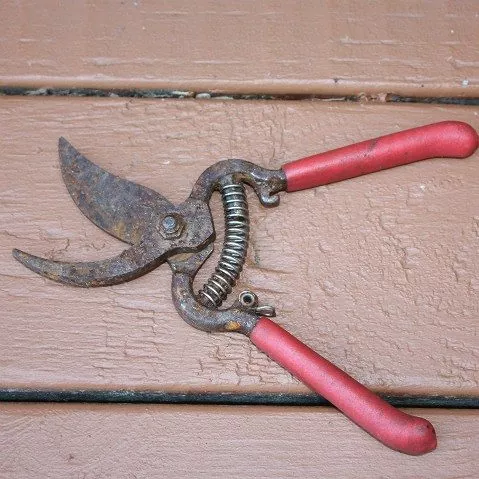


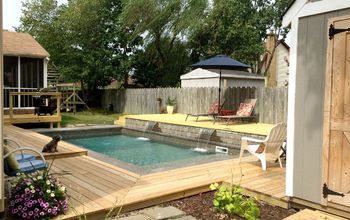
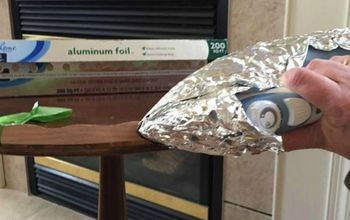
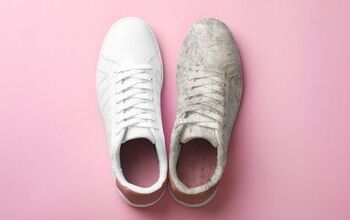
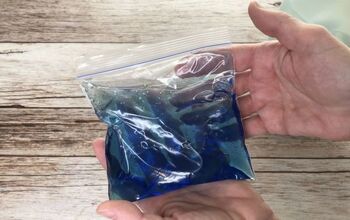
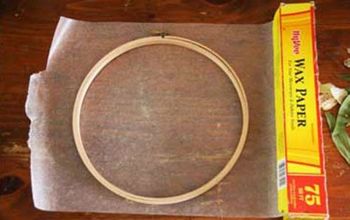
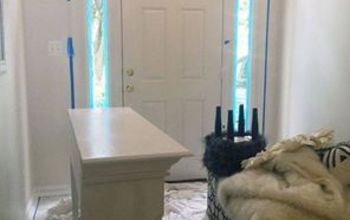
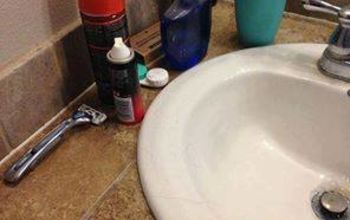
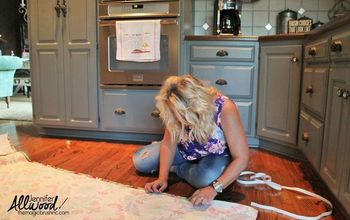
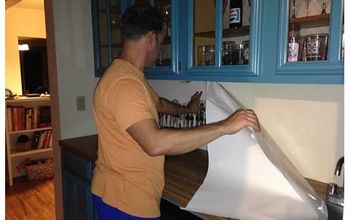

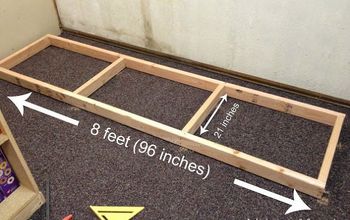
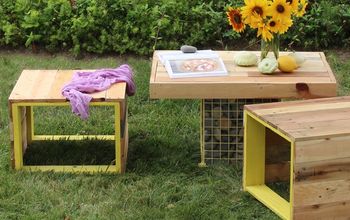
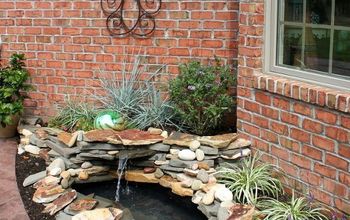
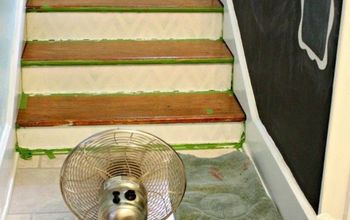
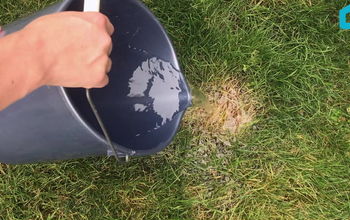
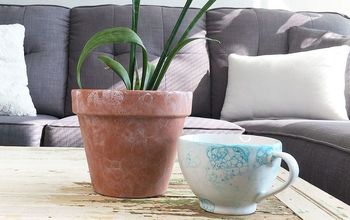
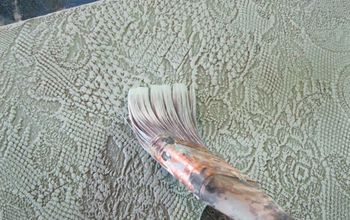
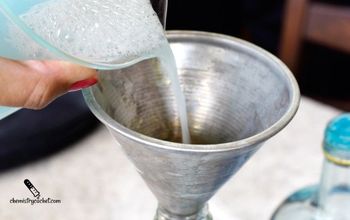
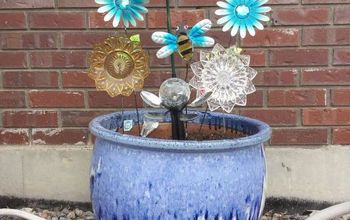
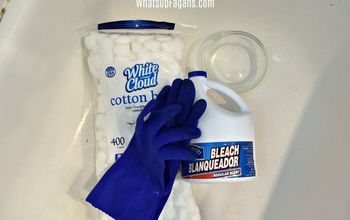
Frequently asked questions
Have a question about this project?
I have a kitchen sink that has a rust stain from you-know-where I believe was caused by hard water that I have tried EVERYTHING to try to get out and I can't get it completely out. I've tried baking soda and peroxide, brillo pads, barkeeps friend, soft scrub, comet, rust out, and even CLR and I can only get some of it to lift (and that's with wearing my arm and a box full of brillo pads out! Any suggestions that won't also eat a hole in my sink (stainless steel)?